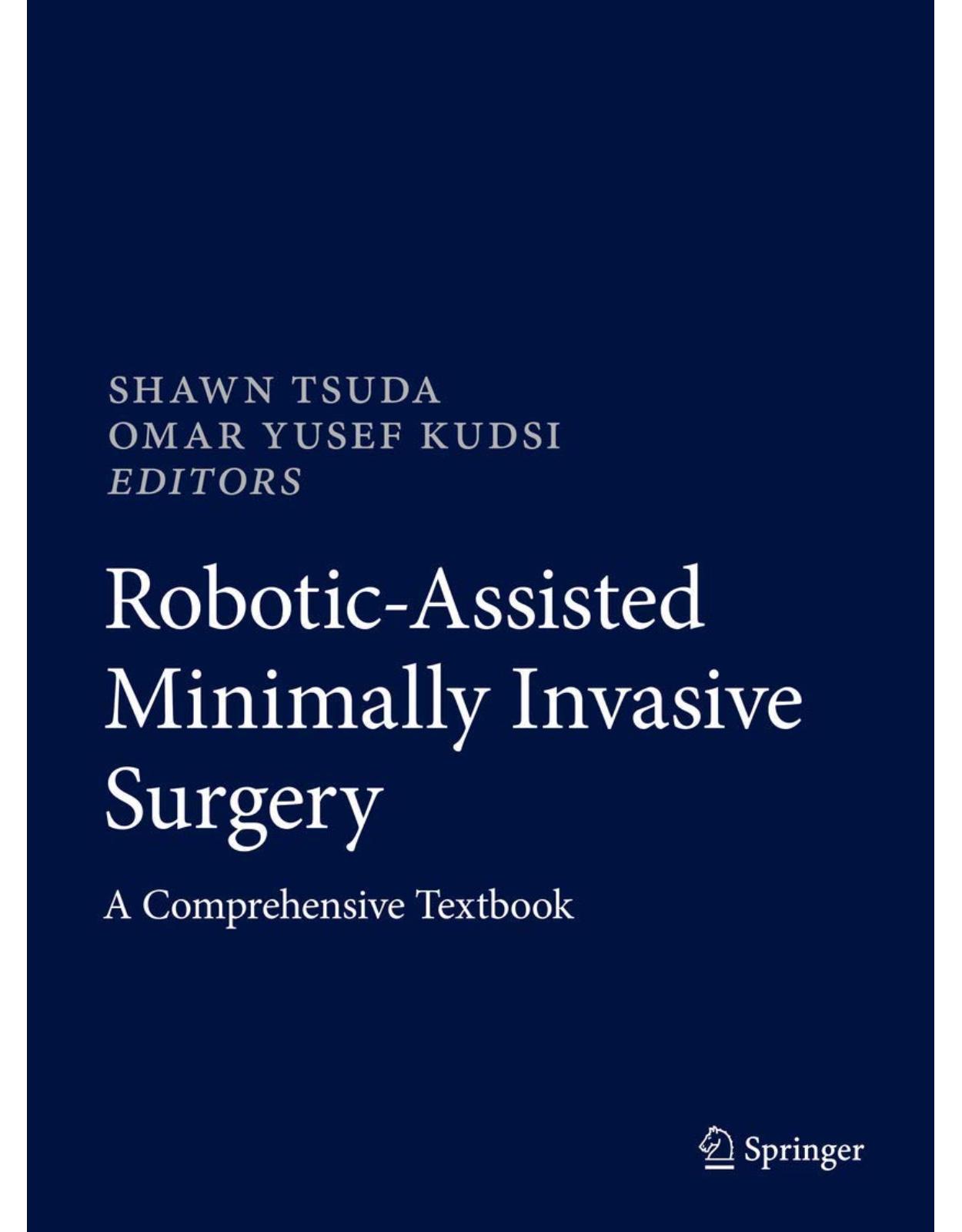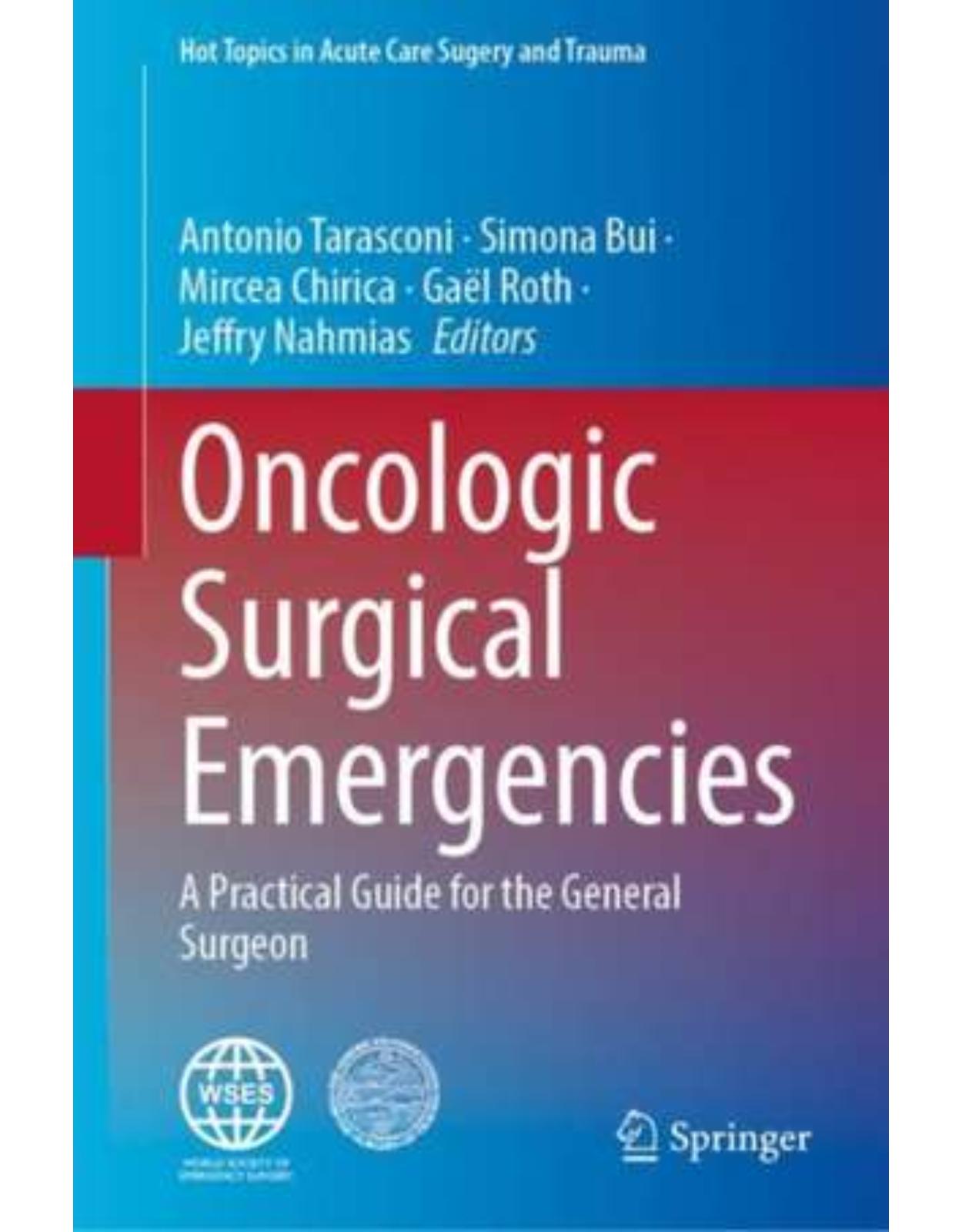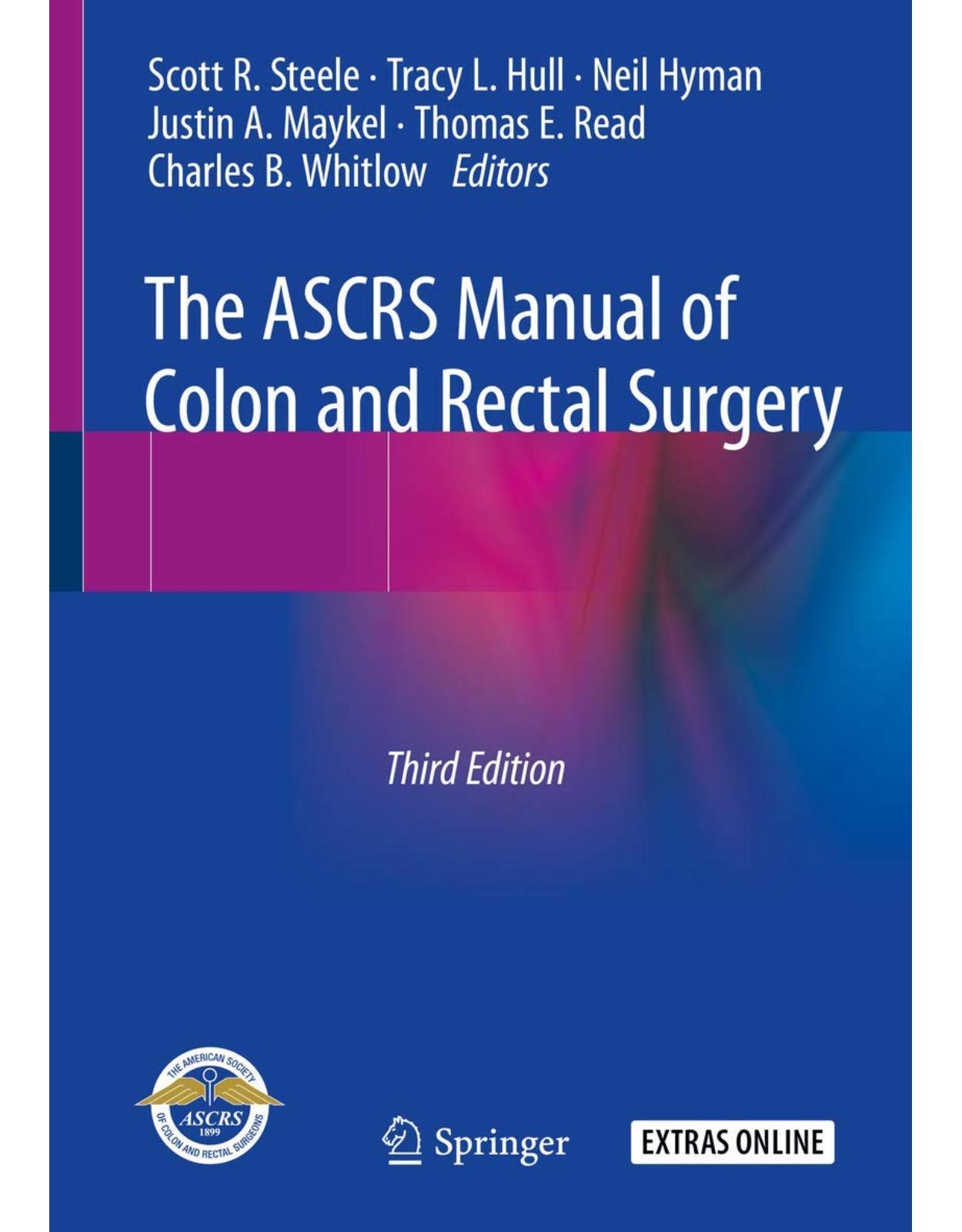
Robotic-Assisted Minimally Invasive Surgery: A Comprehensive Textbook
Livrare gratis la comenzi peste 500 RON. Pentru celelalte comenzi livrarea este 20 RON.
Disponibilitate: La comanda in aproximativ 4 saptamani
Editura: Springer
Limba: Engleza
Nr. pagini: 346
Coperta: Hardcover
Dimensiuni: 28.45 x 2.29 x 21.59 cm
An aparitie: 13 Nov. 2018
Description:
Minimally invasive surgery has impacted the outcomes of surgery more than any technology since the development of sterile technique. The hard science has demonstrated that decrease in wound complications and recovery time has created the biggest gap with open approaches to surgery. The total economic benefit may be unfathomable when looked at comprehensively. Integral to the rise of minimal access and therapeutic techniques in surgery has been the growth of technological improvements over time. Beginning with insufflators, videoscopy, and energy devices, that evolution has continued into the development of tele-surgical devices that feature full articulation of instruments, high-resolution 3-D optics, and computer assisted movement. This has come with controversy – as the dominant manufacturer of robotic assisted devices, Intuitive Surgical, and their generations of da Vinci surgical platforms, holds enough market share to spur cries of monopoly and financial excess. However, with over 3000 world-wide systems in use, and over 6000 peer-reviewed research articles, the impact of robotic surgery cannot be ignored. The current state of data suggests equivalency in most procedures with regard to traditional outcome measures, equal or somewhat elevated costs, with specific areas of superiority. The first section of this textbook, Surgical Robots, covers the history, economics, training, and medico-legal aspects of robotic surgery that will be of interest to students, residents, fellows, surgical staff, and administrators or public health specialists who seek to gain a comprehensive background on robotic surgery, or justification for purchasing a robotic system for their institution. Surgeons will also find this background valuable to their practice, to give context to their procedures so they can better counsel their patients, help with advocating for robotic platform purchases, and proactively prepare themselves for medico-legal issues. The chapter on legal issues will have specific instances of robotic surgery-related lawsuits and their outcomes, a first for robotic surgery texts. The second section of this textbook, Robotic Procedures, will contain a comprehensive catalogue of procedures that have been performed robotically in general surgery, gynecology, urology, plastic surgery, cardiothoracic, and otolaryngology. Each author will cover the existing literature, preoperative planning, room and patient setup, steps of the procedure, and postoperative care. Standardized room maps and port placement will help the student, resident, fellow, surgeon or OR Staff to quickly reference these before cases. Each chapter will also cover the specific equipment needs and expected complexity of the procedures, allowing administrators to better gauge how to prepare for, or ration, use or their robotic resources. The final section, Future of Robotics, will give the entire scope of audience a look into what exciting advancements in the field are on the horizon. This textbook is a complete resource for robotic-assisted minimally invasive surgery, covering the history, current state, technical and clinical aspects, and future considerations that may be of interest to any who has a role, stake, or curiosity regarding robotic surgery.
Table of Contents:
Part I. Surgical Robots
1. Intuitive Surgical: An Overview
2. Robotic Simulation Training
3. Robotic Resident and Fellow Surgery Training
4. Medicolegal Issues in Robotic Surgery
Part II. General Surgery
5. Robotic Hiatal Hernias and Nissen Fundoplication
6. Robotic Heller Myotomy
7. Robotic Sleeve Gastrectomy
8. Robotic Gastric Bypass/Duodenal Switch
9. Robotic Total Gastrectomy with Lymphadenectomy
10. Robotic Cholecystectomy
11. Robotic Liver Resection
12. Robotic Total Pancreatectomy
13. Robotic Adrenalectomy
14. Robotic Right and Left Colectomy
15. Robotic Total Mesorectal Excision for Rectal Cancer
16. Robotic Abdominoperineal Resection
17. Robotic Inguinal Hernia
18. Robotic Transabdominal Preperitoneal Repair for Ventral/Incisional and Atypical Hernias
19. Robotic Transanal Resection
20. Robotic Parastomal Hernia
21. Robotic Flank Hernia Repair
22. Robotic Transversus Abdominis Release
23. Robotic Suprapubic Hernias
24. Robotic Proctocolectomy
Part III. Gynecology
25. Robotic Hysterectomy
26. Robotic Myomectomy
27. Robotic Tubo-Ovarian Surgery
Part IV. Urology
28. Robotic Intracorporeal Ileal Conduit
29. Robotic Partial Nephrectomy
30. Radical Prostatectomy
31. Robotic Intracorporeal Urinary Diversion for Bladder Cancer
Part V. Cardiothoracic
32. Robotic CABG
33. Robotic Pulmonary Lobectomy and Segmentectomy
34. Robotic Esophagectomy
Part VI. Plastic Surgery
35. Robotic Telemicrosurgery
36. Robotic Rectus Muscle Flap for Reconstruction in the Pelvis
Part VII. Otolaryngology
37. Robotic Thyroidectomy
Part VIII. Future of Robotic Surgery
38. Upcoming Robotic Systems
39. Robotics in the Military
40. Future Robotic Systems: Microrobotics and Autonomous Robots
Back Matter
| An aparitie | 13 Nov. 2018 |
| Autor | Shawn Tsuda , Omar Yusef Kudsi |
| Dimensiuni | 28.45 x 2.29 x 21.59 cm |
| Editura | Springer |
| Format | Hardcover |
| ISBN | 9783319968650 |
| Limba | Engleza |
| Nr pag | 346 |


















Clientii ebookshop.ro nu au adaugat inca opinii pentru acest produs. Fii primul care adauga o parere, folosind formularul de mai jos.